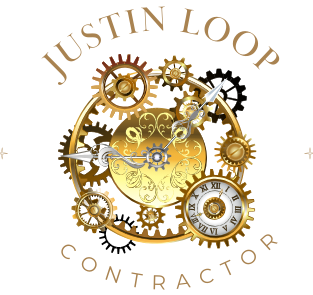Hiring the right person—whether for a job, a task, or to simply solve a problem—isn’t as straightforward as reading a résumé or checking off certifications. In the world of industrial automation, it’s not about finding a programmer, it’s about finding the right person for the job—someone who can think in layers, anticipate consequences, and see around corners.
Too often, hiring managers approach technical positions as if all programmers are created equal. They assume a certificate or degree means someone is equipped to tackle complex systems. But here’s the truth: while absolute knowledge can be found through study and experience, abstract thinking—the kind required to solve true systemic challenges—cannot be easily taught. It must be developed, sharpened, and tested.
Simple vs. Abstract Thinking
When interviewing candidates, the default approach is often to ask concrete, straightforward questions:
- “Can you program a PLC?”
- “Have you worked with SCADA systems before?”
- “Do you know how to set up Modbus communication?”
These are important questions, but they only assess surface-level competence. A better approach—especially for high-impact roles—is to ask questions that explore a candidate’s ability to think abstractly:
- “If your program stops intermittently and there’s no clear cause, where do you start troubleshooting?”
- “How would you modify an existing system so that it can deliver data insights you weren’t originally collecting for?”
- “What is your process for integrating new functionality into a system without creating downstream chaos?”
These are the questions that separate checkbox programmers from strategic problem solvers.
Why It Matters
Industrial automation isn’t plug-and-play. It’s 4D chess. Success isn’t defined by whether a machine turns on—it’s whether that machine operates consistently, communicates seamlessly with other systems, scales easily with future plans, and provides actionable data when it’s needed.
Here’s a scenario I’ve seen more than once: A facility wants to pull real-time data from a test system. Sounds simple, right? But because no one thought of data collection in the design phase, integrating that feature post-deployment becomes a nightmare. What should’ve been a straightforward solution now requires reworking the architecture, impacting timelines and budgets. Why? Because the original programmer was focused on solving the immediate problem, not thinking about the system as a whole.
The Cost of the Wrong Fit
Hiring the wrong person doesn’t just cost money—it creates technical debt. Patchwork fixes. Fragile systems. Unexpected downtime. And worse, it forces you to bring in higher-level talent after the fact to clean up a mess that could’ve been avoided with the right thinker in place from the beginning.
But here’s the part that often goes overlooked: it also hurts the person you hired.
When someone is placed in a role that’s mismatched to their capabilities—especially in high-stakes technical environments—they quickly find themselves overwhelmed, frustrated, and often blamed for shortcomings that stemmed from poor planning or unrealistic expectations. These are intelligent professionals who may be perfectly capable in the right context, but they’re set up to fail when abstract problem-solving is required and they haven’t been trained—or tested—for that level of thinking. It damages confidence, limits growth, and sometimes drives good people away from the industry entirely.
Start With How They Think
Don’t just ask what they know. Ask how they think. Present them with an abstract problem and see how they approach it. Do they ask insightful questions? Do they consider edge cases? Can they foresee unintended consequences? These traits are invaluable—especially in environments where complexity and precision are the norm.
Final Thoughts
If you’re in the business of building reliable, future-ready systems, invest in people who can think beyond the code. Hire those who see automation as a living ecosystem, not a checklist of inputs and outputs. And above all, don’t underestimate the power of asking a thoughtful, abstract question—it might reveal more about a candidate’s potential than a dozen technical ones ever could.
Because the real cost of the wrong hire isn’t just what it does to your system—it’s what it does to people.

